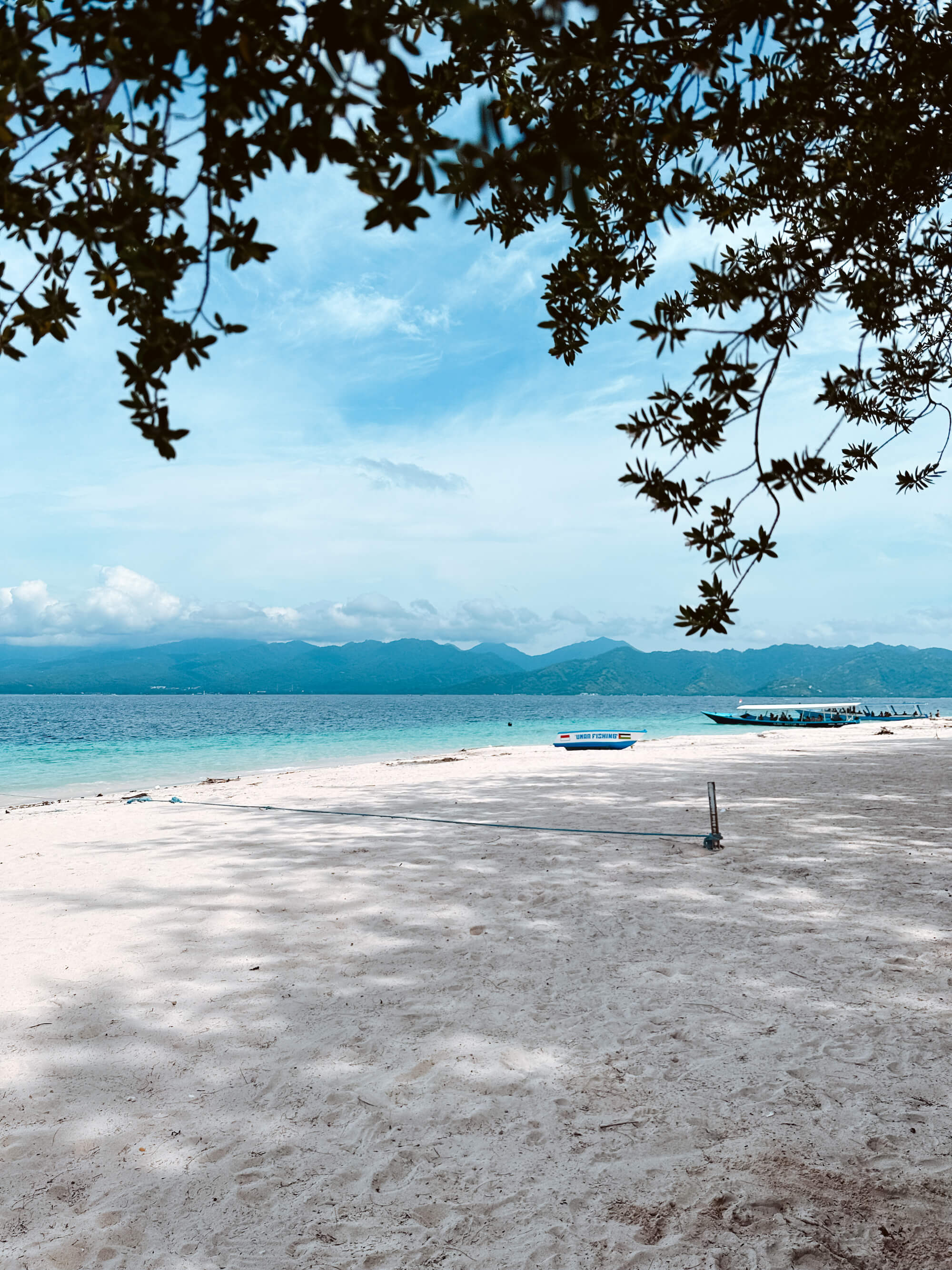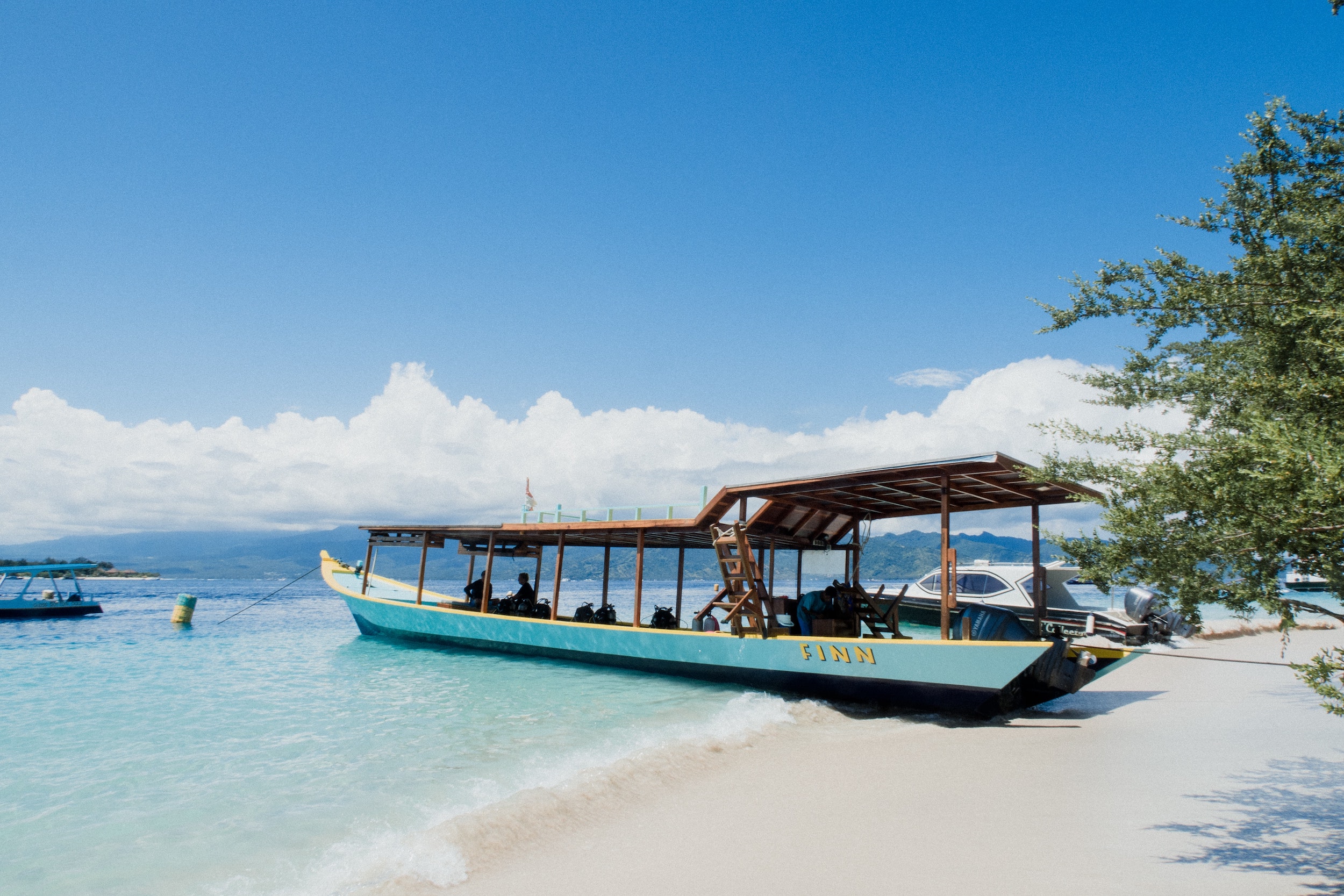Gili Meno offers one of the best places in the world to dive, situated in the famed Coral Triangle. The Indonesian Throughflow, where the currents drag the warm waters of the Pacific Ocean and colder waters of the Indian Ocean together, means that we enjoy the largest variety of marine life on the planet, making diving on Gili Meno a truly spectacular experience.
Dive “The Turtle Capital Of The World”
With more than 20 diverse sites each with its own character–from sloping reefs and walls, bio rocks, canyons and wrecks, and muck dives–there are plenty of diverse underwater environments. Most of the sites are within just 15 mins boat ride from the island, so almost all diving is off the boat.
Diving the Gilis (North Lombok, Indonesia)
Diving here is suitable for beginners and experienced divers with world-class accredited PADI and SSI dive centres catering to beginner and advanced divers. Dive centres offer fun dives and intro dives to advanced challenging dives and instructor courses – from discover scuba to open-water to more advanced levels of drift diving, rescue diver, nitrox diver and more.
Typical water visibility around Gili Meno is between 20 – 30 meters, the water temperature a lovely 27–30 degrees and there is an abundance of interesting topography and marine life.
Gili Meno is world renowned for the abundance of Green & Hawksbill turtles and among the hundreds of tropical reef fish species, you’ll also have the opportunity to spot sharks, such as white and black tip reef sharks. Mantas, whale sharks, eagle rays & devil rays are spotted from time to time and every dive ensures you’ll see some great macro species.
Plenty of colourful nudibranchs and some ‘superstars’ like ornate ghost pipefish, rhinopias, frogfish and blue ring octopus make Gili Meno a wonderful destination for underwater photography.
World-class & famous dive sites
The Gilis drop-offs, plateaus and slopes reflect a good cross-section of what Indonesia has to offer. Some of the 20+ Gili dive sites include:
Gili Meno Wall
Gili Meno Wall is a steeply sloping reef with a near vertical top section starting at around 5m and dropping to a sandy bottom at around 22m. Soft corals grow all along the reef. Before and after the wall there are a lot of smaller heads of stony coral, including cabbage, brain, star and lots of anemones. Groupers and sweetlips hang out at the bottom of the wall together with snappers, angelfish, all types of butterfly, clown and parrotfish. Moray eels and lionfish seek shelter in the crevices. It’s also a great spot for night diving to find crustaceans, crabs, lobster and shrimp. If you are lucky you may even see a spanish dancer showing off its colours.
Bounty Wreck
Not a true wreck, but a collapsed pier structure, Bounty Wreck has been overtaken by hard and soft corals and all sorts of fish find shelter there including stone and scorpionfish, a resident school of drummers, damselfish and sometimes even a frogfish or two. Of course, there’s always a very high chance of seeing turtles here too. A little to the west of the wreck is a large coral head surrounded by swarming glassfish.
Shark Point
In the deep section of Shark Point you are most likely to find whitetip and blacktip reef sharks. Between the ridges and valleys you will see sharks resting along the bottom and maybe swimming around you, as well as other marine life including trevally, barracuda, snapper and blue spotted stingrays. If the currents are strong, this dive site teems with life and the dive can become an adrenaline rush.
Halik Reef
Halik Reef caters to all levels of divers. Beautiful coral formations, coral bommies and gorgonian fans. This is a great drift dive with an amazing variety of fish life, including lionfish, moral eels, big groupers and clownfish, unicorn, bumphead parrotfish and of course, the impressive green and hawksbill turtles. Deep Halik is great for more experienced divers dropping to almost 40m where you may find sharks, eagle rays and giant trevally.
The water is calling!
Slip beneath the waves to explore another, stunningly beautiful, world below. Diving the Gilis is spectacular.





